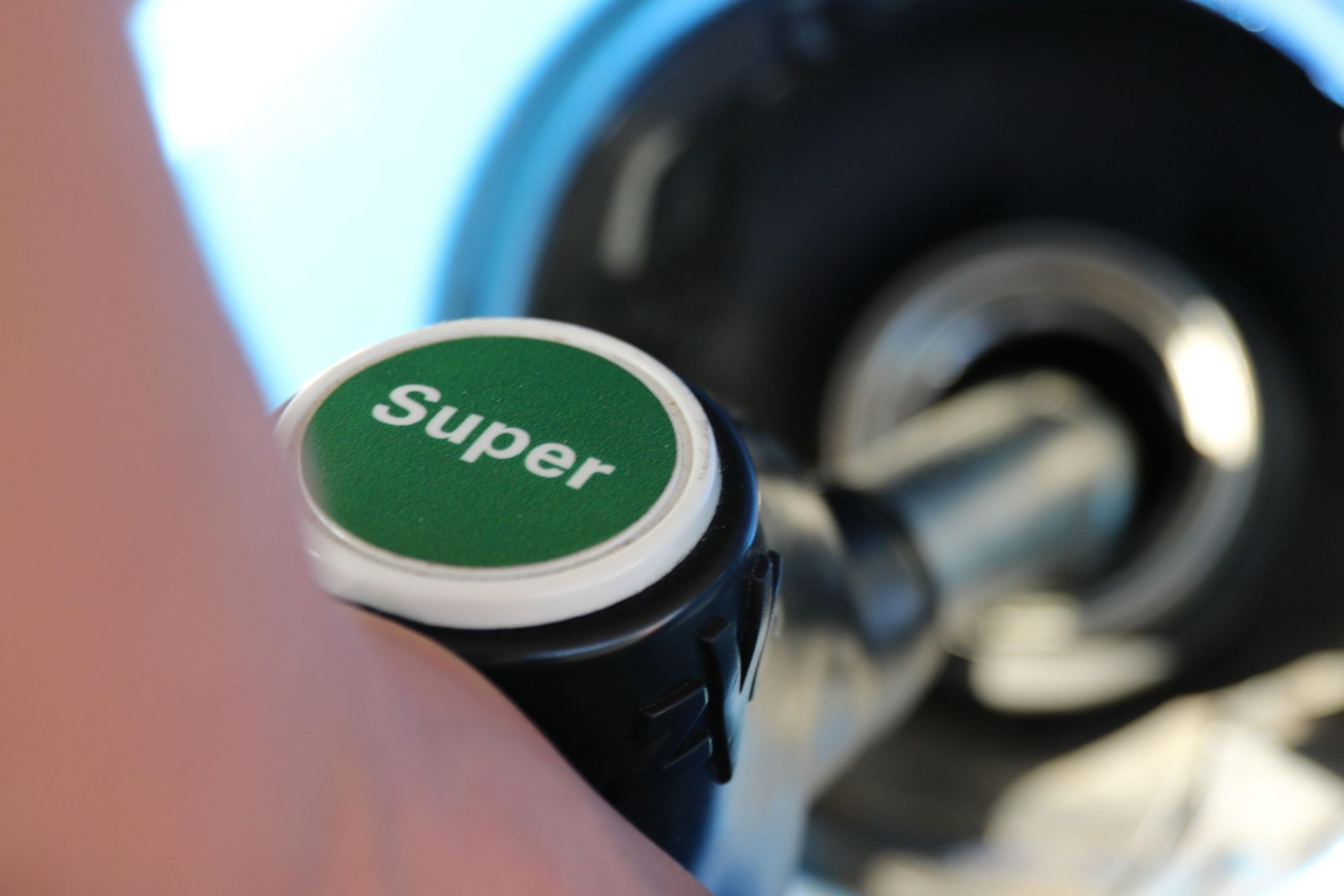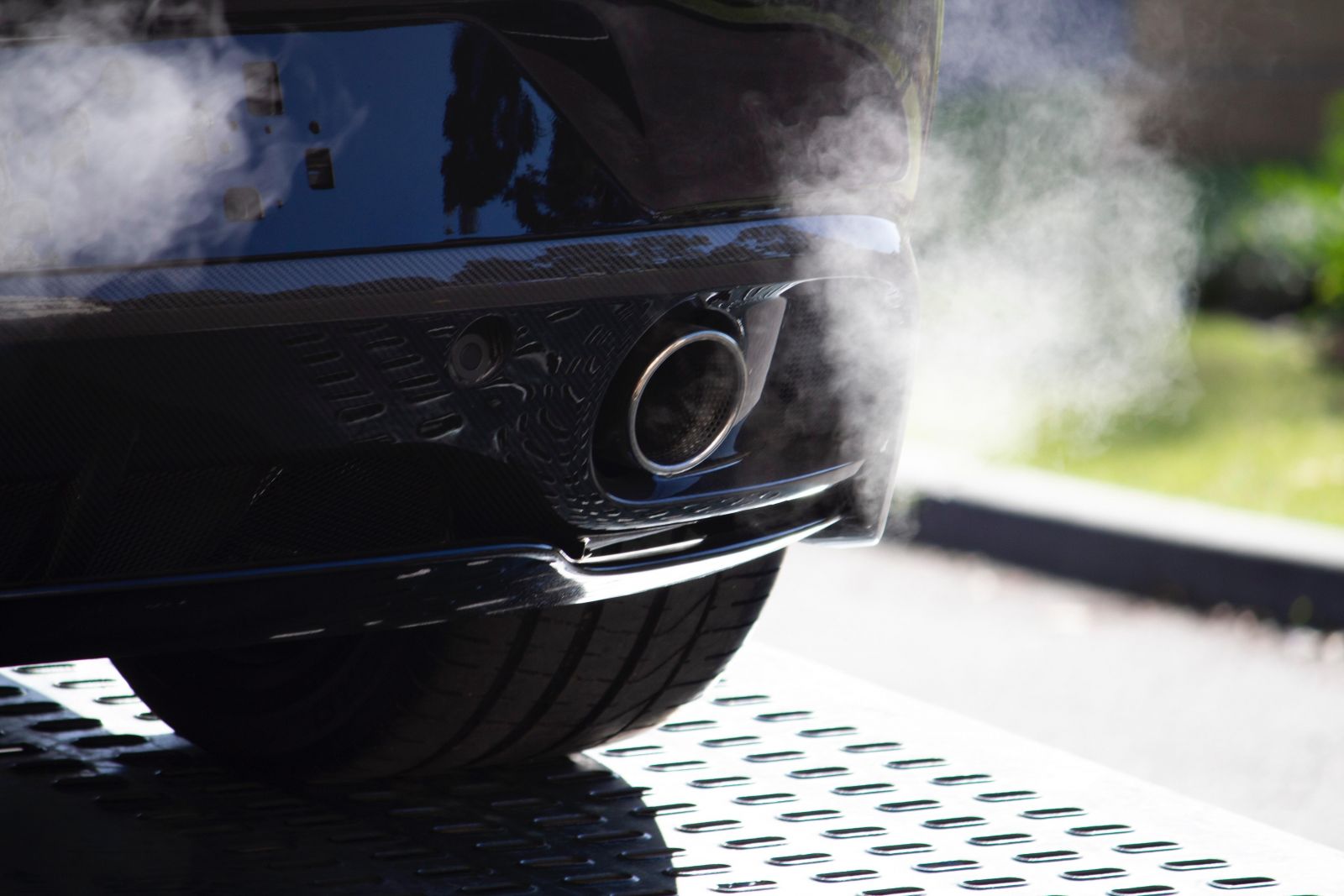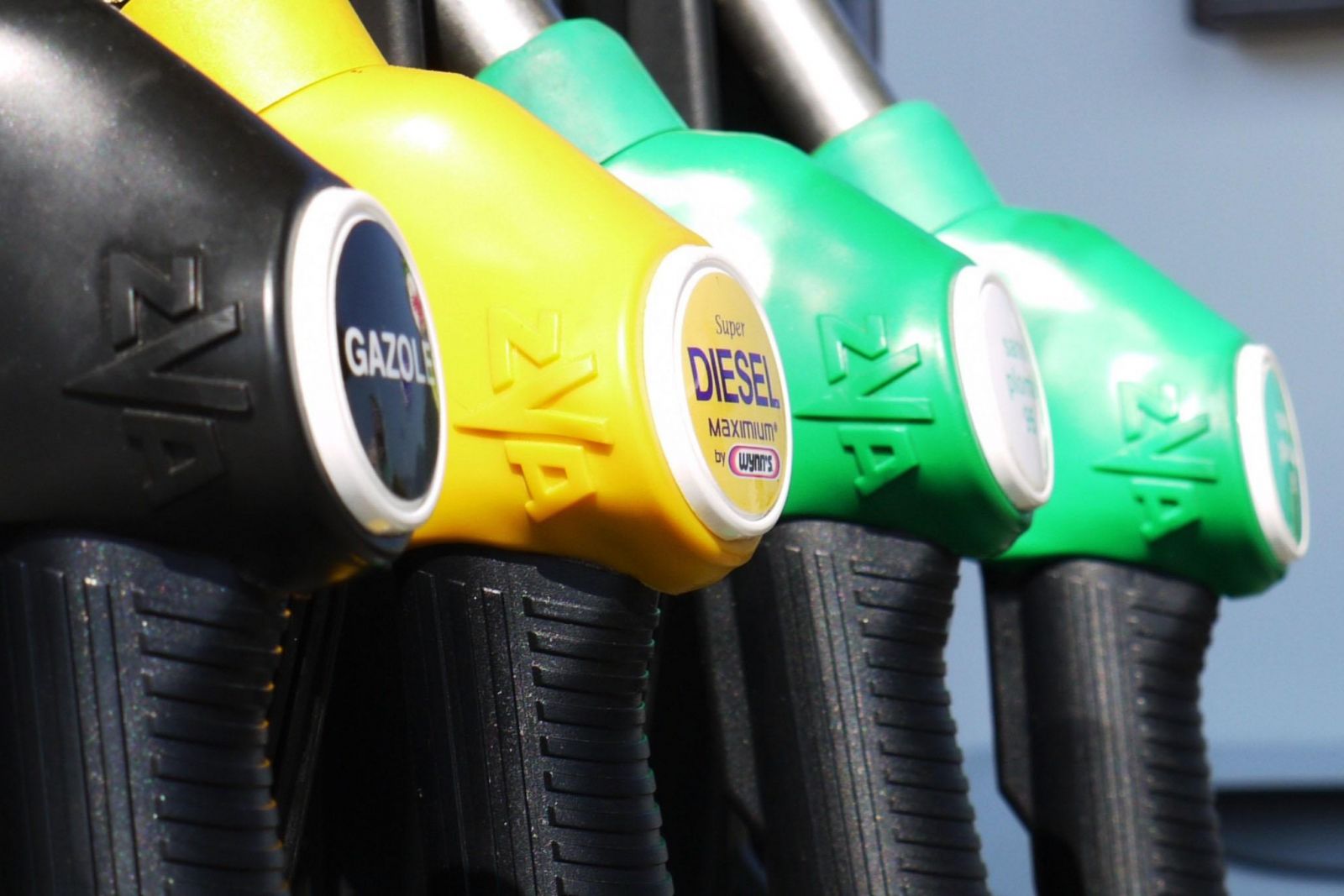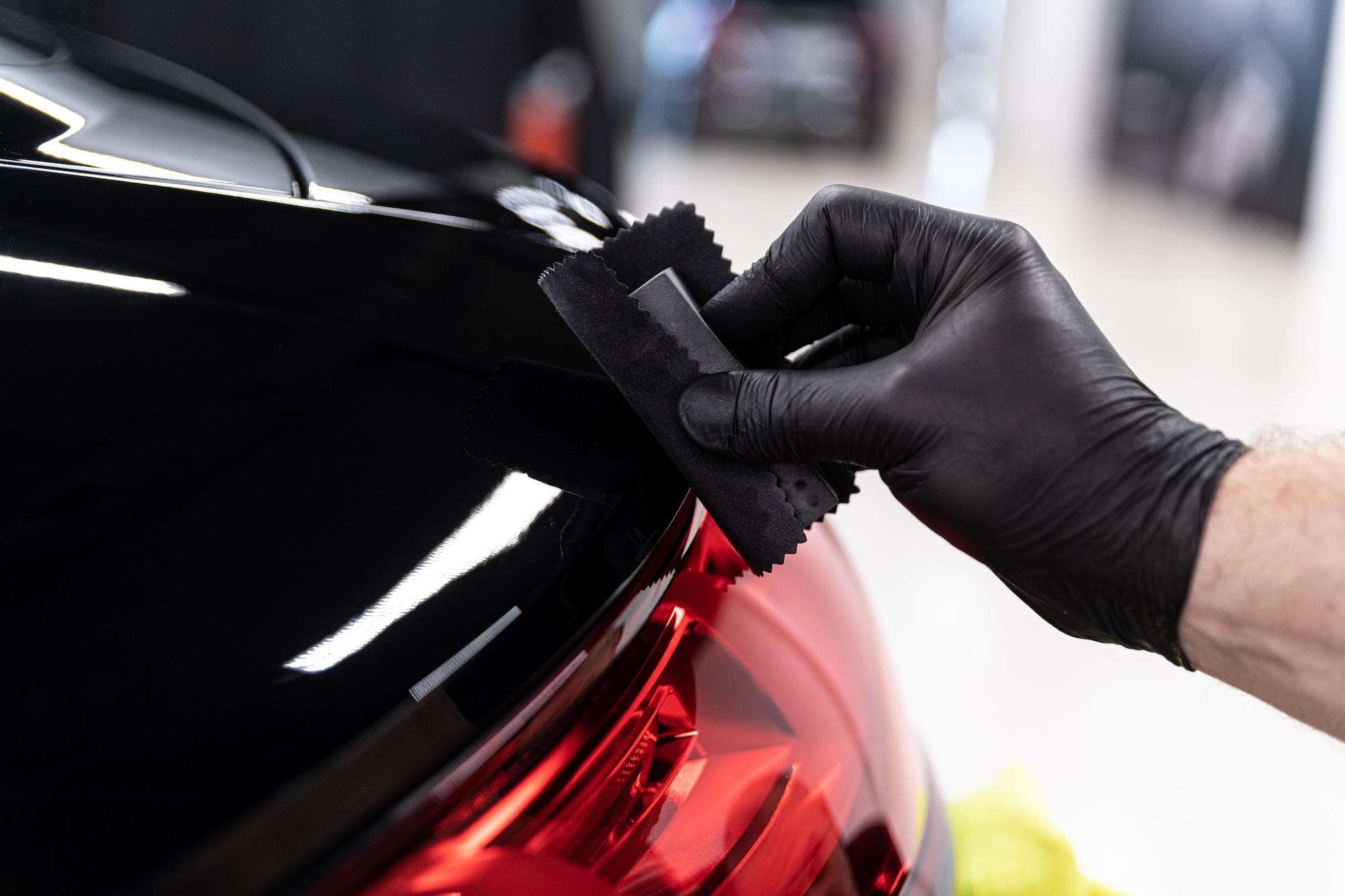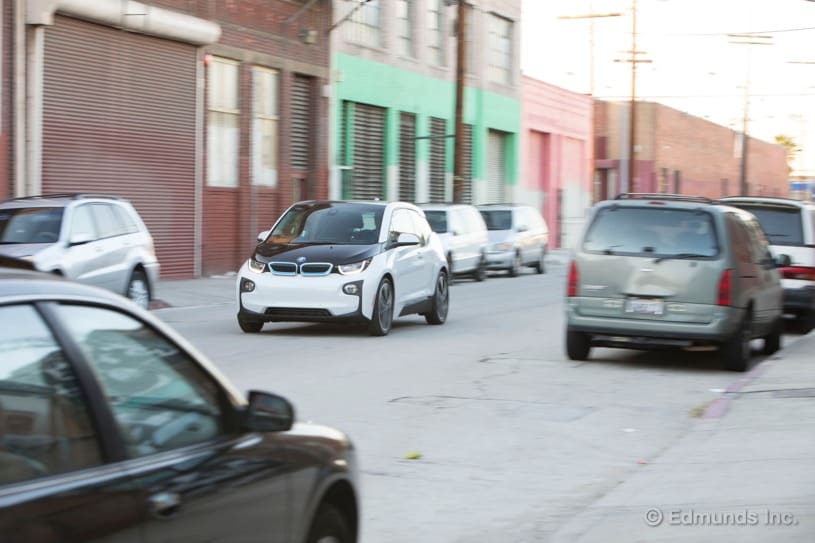Petrol prices fall for the first time in two years, finds ACCC
Average retail petrol prices in Australia’s five largest cities fell in the third quarter – the first time they’ve done so in almost two years – according to the latest Australian Competition & Consumer Commission (ACCC) monitoring report.
The consumer watchdog found average petrol prices in Melbourne, Sydney, Brisbane, Adelaide, and Perth dropped by 10.3 cents per litre (cpl) from the second quarter of 2022, to 177.7 cpl in Q3.
This drop reflects a 34 per cent decrease in international refined petrol prices, as monthly average Mogas 95 prices – the Asia-Pacific benchmark – fell from 138.7 cpl in June 2022 to 91.6 cpl in September 2022.
This is due to weaker global demand and also concerns of a looming global recession, according to the ACCC.
“While international factors drove up prices steeply earlier this year, they contributed to price drops in the September quarter,” said ACCC deputy chair Mick Keogh.
Average petrol pricing also dropped in smaller cities and regional locations, though prices generally remained higher than in the five larger capital cities.
As previously reported, the full fuel excise was restored on September 29, 2022, after being halved for six months by the Federal Government.
The ACCC found that petrol prices in most locations increased by less than the expected 25.3 cpl from the excise restoration.
“We have looked at the impact of the excise being restored, and, allowing for movements in international prices and the price cycles in the major cities, we found only a small number of unexpected increases in average retail petrol prices,” said Mr Keogh.
In Sydney, Melbourne, Brisbane and Adelaide daily average petrol prices increased by between 15.9 cpl and 21.9 cpl between September 28 and November 9.
Petrol pricing in all four of these cities peaked in the days before, or just after, the restoration of the full fuel excise in late September and then generally decreased in the following weeks.
In Perth, average petrol prices increased by 34.1 cpl in the six weeks after the excise was restored.
The ACCC notes this coincided with an increasing phase of its petrol price cycle. Perth’s average prices often increase by between 25.0 cpl and 30.0 cpl during the increasing phase of its price cycle, before falling again, the ACCC said.
In the capital cities without price cycles, the ACCC found that petrol prices increased over that period by between 11.7 cpl (Canberra) and 23.2 cpl (Hobart). In regional locations the average increase was 18.0 cpl.
The ACCC also found there were 18 regional locations which had price increases above the 25.3 cpl average and is undertaking further examinations of these locations.
In the third quarter of this year average retail diesel prices were significantly above average retail petrol prices in the five largest cities.
This is due to factors including fewer supplies from Russia, higher demand for diesel for heating during the northern hemisphere winter, and diesel’s broader use in industrial activity, according to the ACCC.
Six weeks after the full fuel excise restoration, daily average diesel prices in the capital cities increased by between 29.0 cpl (Hobart) and 37.6 cpl (Perth).
The average increase in all regional locations was around 32.0 cpl.
The ACCC notes though that the increase in retail diesel prices in the six weeks after the full excise restoration was no higher than the combined impact of the restoration of the full fuel excise and the increase in diesel prices due to external factors.
MORE: Fuel excise cut ends this week
MORE: Government cuts fuel excise in half for six months
MORE: No extension to fuel excise cut, says new deputy PM
MORE: Fuel excise cut is lowering petrol prices already, says ACCC

